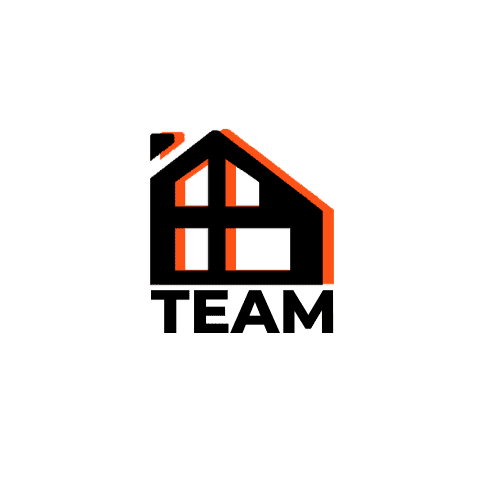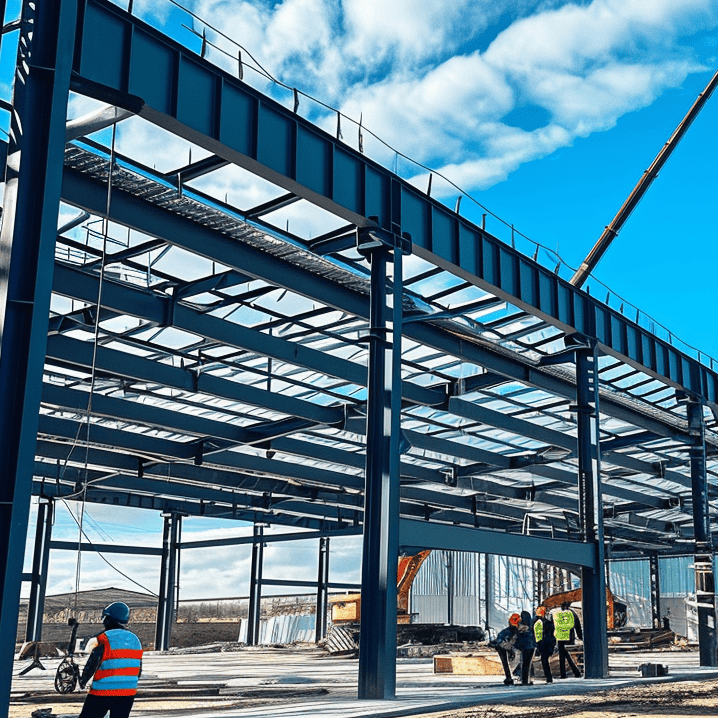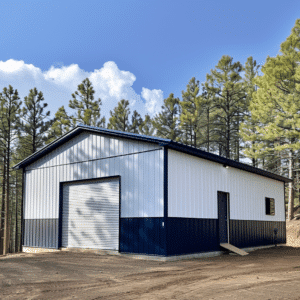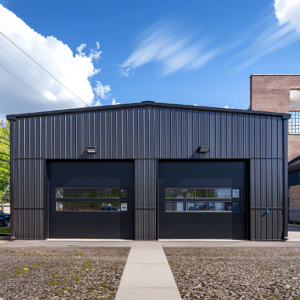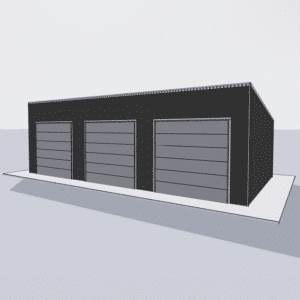Understanding the Core of OSHA Regulations
When it comes to steel construction projects, workplace safety cannot be overemphasized. Not only is it crucial for the well-being of the workers involved, but it also ensures seamless progress on-site without unforeseen interruptions. At the heart of these safety protocols are the guidelines set by the Occupational Safety and Health Administration (OSHA). This organization is a beacon for working standards, ensuring that every project prioritizes safety.
OSHA directs its focus toward multiple aspects of workplace safety. Their guidelines address everything from fall protection to scaffolding safety, lifting protocols, and more. For those in steel construction, understanding these directives is not merely a good practice—it’s a necessity.
If you’re managing or participating in a steel construction project, familiarizing yourself with OSHA’s Safety and Health Regulations for Construction is a responsibility you cannot overlook. These standards set the baseline for protecting workers against hazards and ensuring safe work environments. But the journey doesn’t end with OSHA.
Beyond OSHA: Comprehensive Safety in Steel Construction
While OSHA forms the backbone of construction safety regulations, steel construction projects often have specific layers of regulations to consider. Given the robust and often risky nature of steel structures, additional safety measures can play a pivotal role in keeping sites incident-free.
For instance, the seismic integrity of structures plays a key role in areas prone to earthquakes. Understanding Seismic Requirements: Designing Steel Buildings to Withstand Earthquakes can enhance the safety parameters of a project significantly. This step ensures that the steel buildings are not only durable but also capable of withstanding natural disasters.
Moreover, implementing advanced safety training sessions that include simulations and real-life scenario training can create a proactive safety environment. By fostering a culture that embraces safety not just as a rule but as a core value, projects can greatly minimize mishaps.
Diving into Specific Safety Measures
To encapsulate OSHA and beyond, let’s zoom into specific measures essential for maintaining workplace safety in steel construction.
**1. Fall Protection:** Key for any construction site, especially those involving towering steel structures. Implementing harnesses, guardrails, and net systems can preserve life and prevent serious injuries.
**2. Scaffold Safety:** Every year, numerous fatalities are reported due to improper scaffolding setups. Regular inspection and maintenance, along with proper installation following OSHA guidelines, are crucial.
**3. Equipment Handling and Lifting:** With steel structures, hefty parts are a given. Establishing standardized protocols for equipment handling and lifting can prevent accidents. Training workers on the safe operation of cranes and hoisting equipment ensures safe material management.
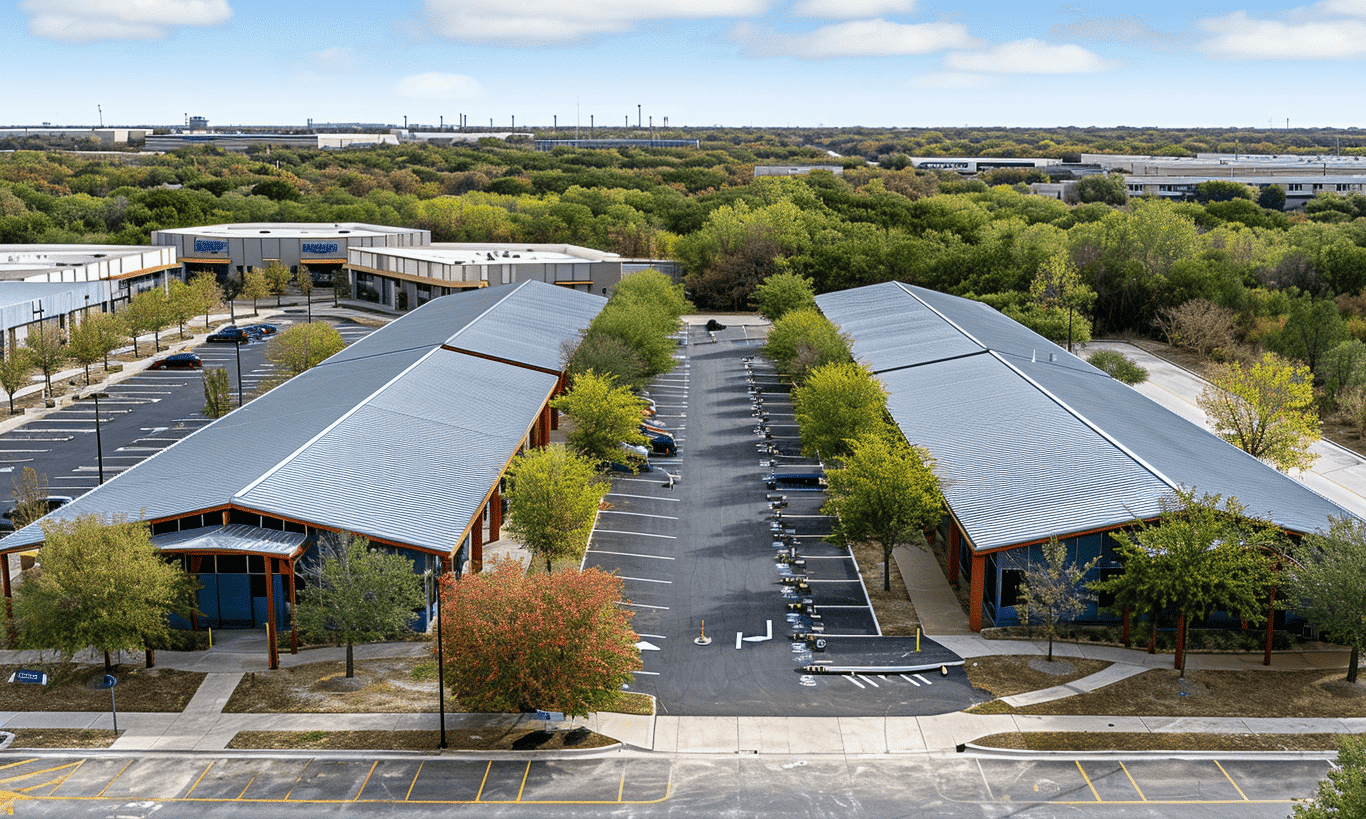
**4. Jobsite Organization:** Keeping a job site organized reduces tripping hazards and allows for efficient evacuation should the need arise. Assigning clear pathways and proper signage goes a long way in enhancing site navigation.
**5. Emergency Preparedness:** Having a robust emergency response plan which is practiced regularly ensures that workers are prepared for unforeseen events, thereby minimizing potential panic and chaos.
Ensuring Compliance and Fostering a Safety Culture
Compliance is essential, but the real challenge lies in fostering a culture that values safety as its core principle. It’s about embedding safety protocols into the daily rhythm of the workplace so deeply that they become second nature to everyone involved in the project.
Regular audits, both internal and external, are necessary to ensure compliance with OSHA and additional safety guidelines. These audits help identify potential risks and allow for timely corrective measures.
Empowering workers by giving them the platform to voice safety concerns without fear of retaliation encourages proactive safety management. Managers should incentivize safety practices and celebrate milestones without incidents—this boosts morale and underlines the importance of a safety-first mindset.
For comprehensive guidance on how to prioritize these safety measures, explore our detailed section on Ensuring Safety in Steel Construction.
Role of Technology in Enhancing Safety Standards
Technology has revolutionized every sector, and construction is no exception. By leveraging tech innovations, steel construction safety can be further enhanced. Wearable safety devices, real-time monitoring systems, and drone surveillance provide added layers of protection by offering new ways to detect and address inefficiencies or potential hazards.
Training modules employing Virtual Reality (VR) can simulate real-world scenarios without the risks associated with actual field activities. These modules provide immersive experiences that prepare workers for real-life situations.
Leveraging technology elevates safety from a reactive to a proactive strategy, minimizing risks at every stage of the construction process.
Finding the Right Partner for Steel Construction
For companies seeking expertise in implementing robust safety protocols on steel construction projects, partnering with an expert can make a significant difference. Professionals well-versed in the nuances of safety regulations bring value through enhanced processes and minimized risks.
Finding the right partnership can bolster the infrastructure of safety protocols, ensuring compliance with both OSHA and beyond. Consider engaging with Professional Steel Construction Services committed to exceeding safety and quality benchmarks.
Conclusion: Building a Safer Future Together
In summary, workplace safety regulations, starting with OSHA and expanding beyond, are integral to the protection of life and property in steel construction projects. By understanding and integrating these guidelines, stakeholders can cultivate a safer workplace that thrives on proactive measures rather than reactive responses.
Enabling a culture where safety is paramount requires continuous education, implementation, and reinforcement of safety measures. By staying informed and utilizing available resources—like our dedicated sections on Steel Building Safety FAQs—companies can enhance their safety protocols and create environments where safety resonates with every action.
Remember, building safely ensures that every worker returns home safely at the end of each day, making projects successful in the truest sense. Let’s strive towards creating safer workplaces, not just as an obligation, but as our legacy.
